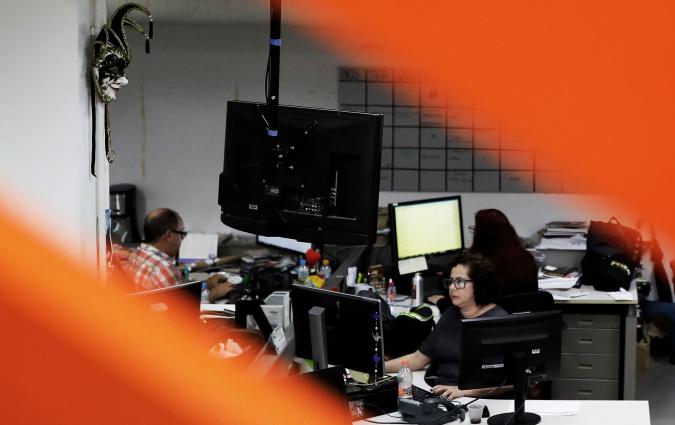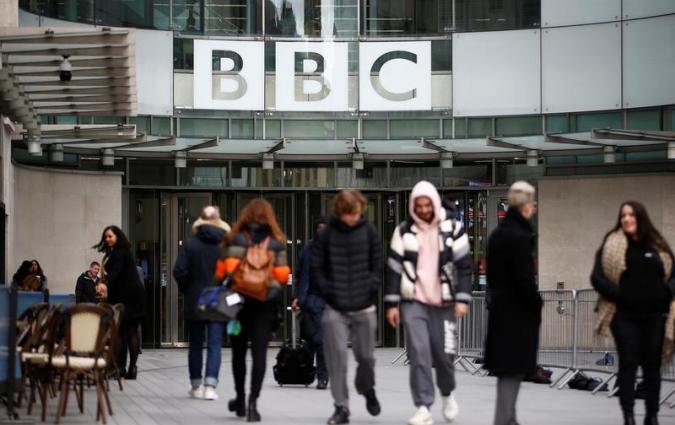Closer to the Story: Accessibility and Mobile Journalism
Reuters Institute Fellow's Paper
In the past 10 years, mobile journalism has spread quickly around the world. In this research paper, Closer to the Story? Accessibility and mobile journalism, Finnish journalist Panu Karhunen investigates how mobile journalism affects accessibility. Can journalists get closer to the story and subject by utilising mobile journalism?
Karhunen interviewed 11 mobile journalists. They said they were able to film stories that would have been impossible with a TV camera and a multi-person crew. They suggested that mobile journalism can lead to more genuine and more intimate journalism. Most of the interviewees felt that people prefer to give an interview to a mobile journalist than to a multi-person TV crew.
In order to test the claim, Karhunen organised a field experiment in a shopping centre in Helsinki, Finland. The aim was to discover whether a mobile journalist gets more ‘vox pop’ interviews than a two-person TV crew. Altogether, 400 passers-by were approached – half of the approaches were done with a mobile phone and an individual journalist and half with a TV camera and a two-person TV crew. The difference was significant: when the mobile journalist approached people, 33.50% gave an interview and when the TV crew approached people, only 21% gave an interview.
Karhunen concludes that his research "has shown that, in many situations, mobile journalism can offer greater accessibility to a story than traditional TV journalism. Often, journalists get closer to the story and subject by working alone with a smartphone.
Mobile journalists stated that geographical and physical accessibility is usually greater in mobile journalism than in traditional TV journalism. The existing literature, the interviews and the field experiment indicated that mobile journalism can strengthen social interactions and increase psychological accessibility.
However, the interviewees mentioned some disadvantages that mobile journalism brings up in terms of accessibility. In terms of social interactions and psychological accessibility, the downsides are mostly related to the credibility of mobile journalists. Smartphones suffer from several technological disadvantages – the lack of an optical zoom and poor performance in low light – which diminishes the geographical and physical accessibility associated with their use."
As with all Fellows’ research papers, any opinions expressed are those of the author and not of the Institute.






